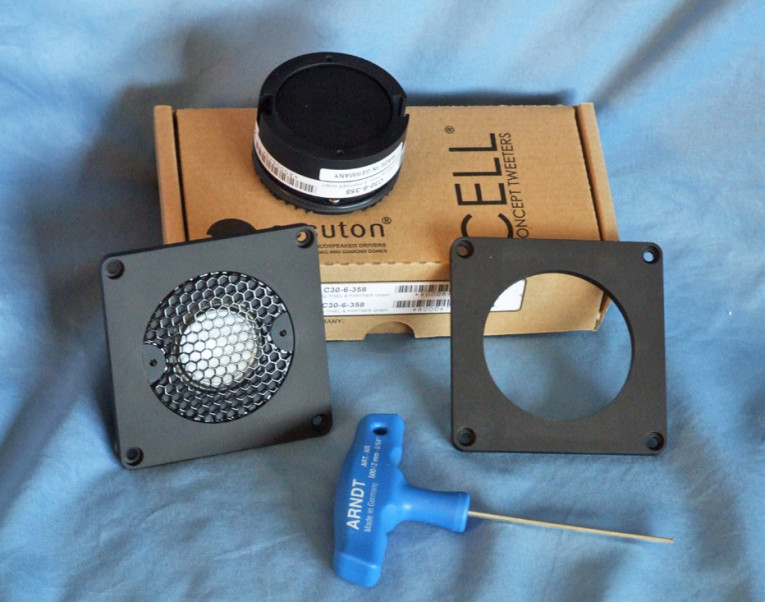
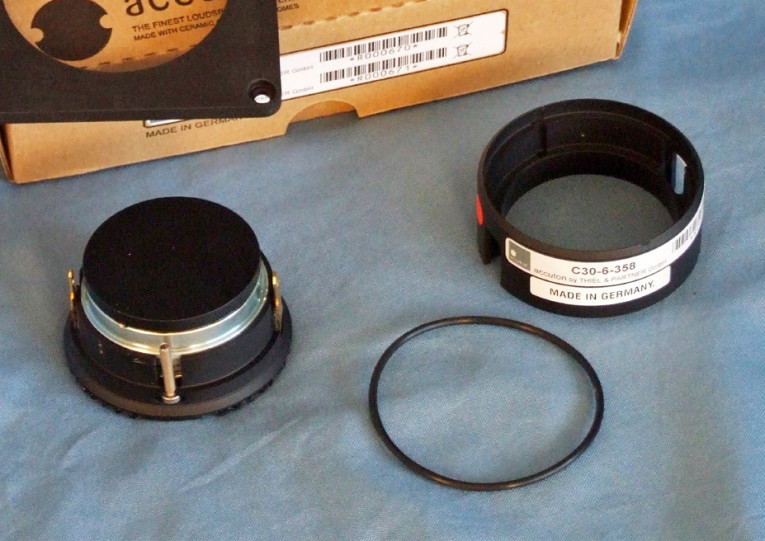
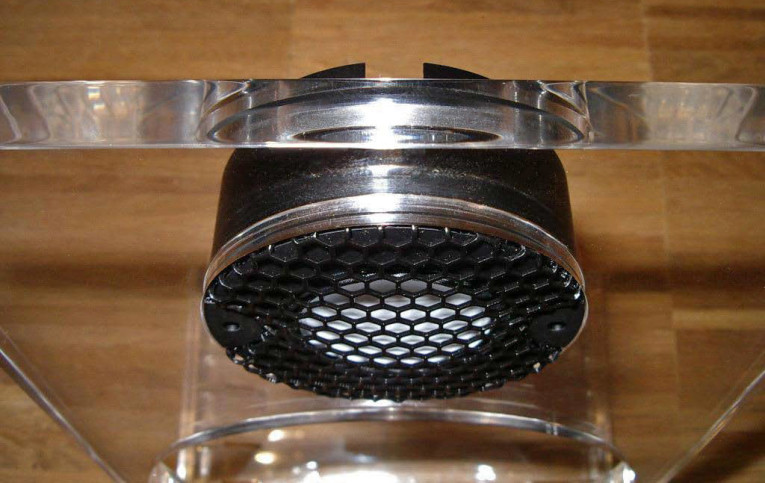
Accuton’s story begins in 1984 when a Backes & Müller production-engineer, Bernhard Thiel, invented a process to produce thin sheets of extremely hard Alpha corundum (Al2O3). This patented procedure enabled the manufacturing of stiff, lightweight, and highly damped loudspeaker calottes (bowl shape). This new and very hard material facilitates loudspeaker drivers with broader bandwidth and lower distortion.
At first, these ceramic drivers were exclusively produced for new Backes & Müller products, but a few years later Thiel left Backes & Müller and founded his own company, the original Thiel GmbH in Homburg, Germany. His loudspeaker units — only tweeters and midranges at this time — were distributed in the audiophile world and gained a great reputation for their sonic virtues. Soon, these drivers were used in many of high-end loudspeakers throughout the world. Backes & Müller, the primary vendor for Bernhard Thiel, went out of the aluminum oxide business in 1992. This, of course, presented some major problems for Thiel GmbH. So, Bernard Thiel started looking for a partner to take care of the economic side of business. Adrian Bankewitz was, at this time the European distributor of Accuton products and Thiel’s longtime friend. He became Bernard Thiel’s partner, bought the assets of Thiel GmbH, put together the production and distribution channels, and renamed the company Thiel & Partner GmbH. Since those early days, Accuton has experienced continuous growth and expansion. Some of its milestones include:
• 1996 — Designed the first bass units with ceramic cones
• 1999 — Invented the diamond tweeter membrane and patented the application
• 2000 — Accuton becomes a registered trademark
• 2009 — Designed the sandwich cone
• 2011 — Developed the aluminum sandwich cone
• 2013 — Introduced the new time corrected CELL-series and developed a high-end sound system for the new Bugatti Chiron
• 2014 — Moved into a new factory building for the Thiel & Partner GmbH
• 2015 — Developed the first large midrange (80 mm) with diamond membrane
• 2016 — Quality Management ISO 9001 certification
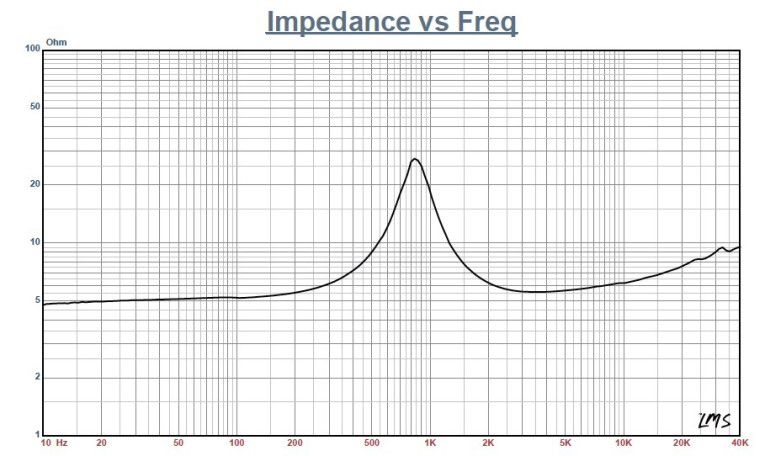

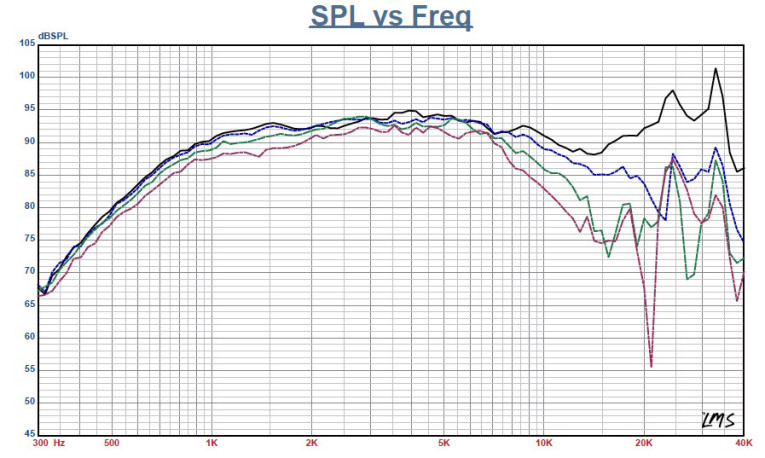
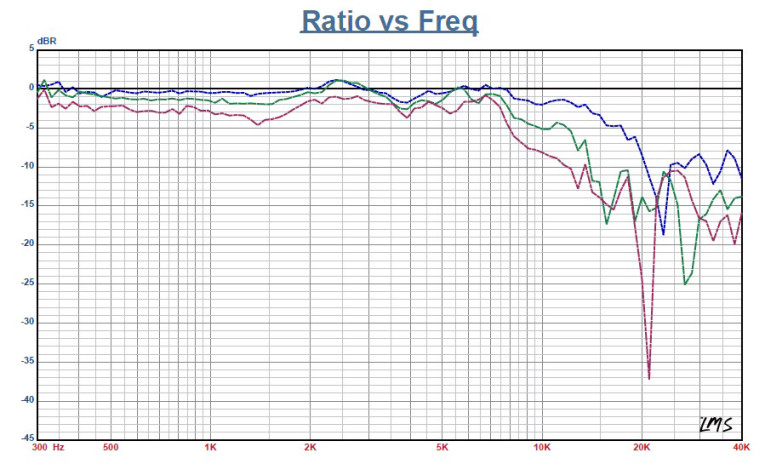
The Accuton C30-6-358 is an interesting tweeter for several reasons. While the rest of this explication will focus on the performance, the mounting system, which is part of the “Cell Concept,” is definitely unique (see Photo 1 and Photo 2). Rather than the usual screw-on type of faceplate, the basic tweeter assembly incorporates a proprietary clapping mechanism. This consist of a large rubber O-ring that fits around the parameter of the tweeter body. Once the rubber clapping ring is in place, the tweeter body incorporates a mechanism to compress the O-ring so that it provides a tight seal to any object surrounding the tweeter body. This can be the faceplate (see Photo 1) or just a hole in the front baffle (see Photo 3), which would make for a clean-looking front baffle cosmetic.
The C30-6-358’s features include a 30.5 mm (1.2”) diameter ceramic (Alpha corundum [Al2O3] sapphire) inverted dome driven by a vented aluminum former wound with round copper wire, a newly designed soft fabric surround that enhances centering and linearity, a unique FEA optimized underhung double neodymium magnet motor design (for low energy storage, excellent heat transfer), a 1.2 mm Xmax (the average tweeter Xmax varies between 0.2 to 0.7 mm), and gold-plated terminals. There is no ferrofluid (magnetic fluids are great for lowering warranty replacement, but even low viscosity magnetic fluids can cause audible damping to musical transients). The C30-6-358’s 1.2 mm Xmax high excursion capability, according to Accuton, yields low power compression and ultra-low distortion around 0.07% at 2.83 V and 0.5% maximum at 110 dB, and makes lower crossover frequencies close to 1.8 kHz possible.
I used the LinearX LMS analyzer to produce the 300-point impedance sweep shown in Figure 1. The C30-6-358’s impedance resonance occurs at 829 Hz (factory spec is 810 Hz). With a 5.78 Ω DCR (factory spec is 5.80), the minimum impedance for this tweeter measured 5.57 Ω at 3.57 kHz.
Following the impedance testing, I recess-mounted the 30-6-358 in an enclosure that had a baffle area of 17” × 8” and measured the on- and off-axis frequency response with a 100-point gated sine wave sweep at 2.83 V/1 m. Figure 2 shows the on-axis response to be a flat ±1.9 dB from 1.8 kHz to 10 kHz, with the diaphragm breakup modes beginning at about 25 kHz. Figure 3 depicts the C30-6-358’s on- and off-axis response, with the off-axis curves normalized to the on-axis response shown in Figure 4, plus the CLIO 180° polar plot (measured in 10° increments) shown in Figure 5. (Audiomatica sent us an updated version of the CLIO Pocket software, which now includes a semi-circular polar plot for better front radiation analysis.) Figure 6 shows the two-sample SPL comparison, indicating the two samples were closely matched, with a small 0.25 dB variation between 1.5 to 6.5 kHz, with 0.5 to 1.5 dB variation from 7 kHz and up.
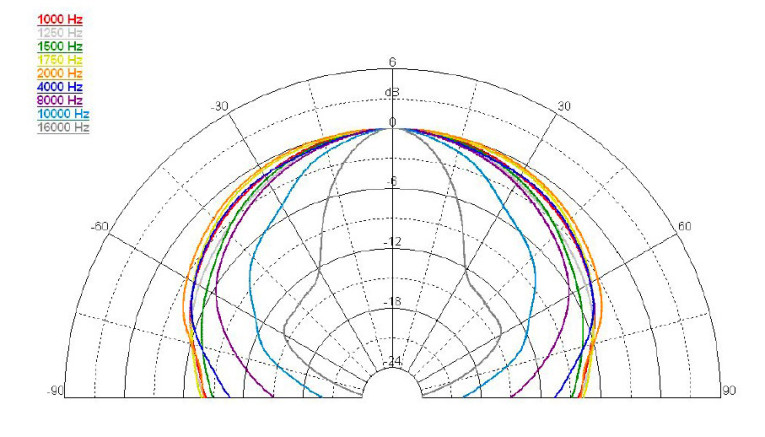
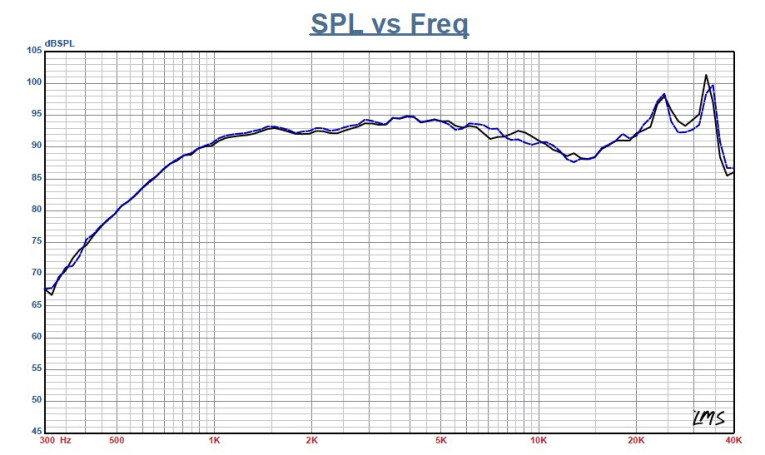


Next, I used the Listen SoundConnect analyzer along with the Listen SCM 0.25” microphone (provided courtesy of Listen, Inc.) to measure the impulse response with the tweeter recess-mounted on the test baffle. Importing this data into the Listen SoundMap software produced the cumulative spectral decay (CSD) waterfall plot shown in Figure 7. The Short Time Fourier Transform (STFT) displayed as a surface plot is shown in Figure 8.
For the last test procedure, I used a noise stimulus to set the 1 m sound pressure level (SPL) to 94 dB (3.20 V) and measured the second (red curve) and third (green curve) harmonic distortion at 10 cm (see Figure 9).
You have got to love a OEM transducer whose diamond diaphragm tweeter is featured in a $2.6 million automobile! I have used Accuton ceramic devices, and they definitely have a very nice musical timbre and excellent build quality. The C30-6-358 is no exception. Given the good performance and high 1.2 mm Xmax, I think it would be interesting to incorporate this tweeter in a high-end studio monitor, although its primary application is high-end home/car audio. For more information, visit www.accuton.com
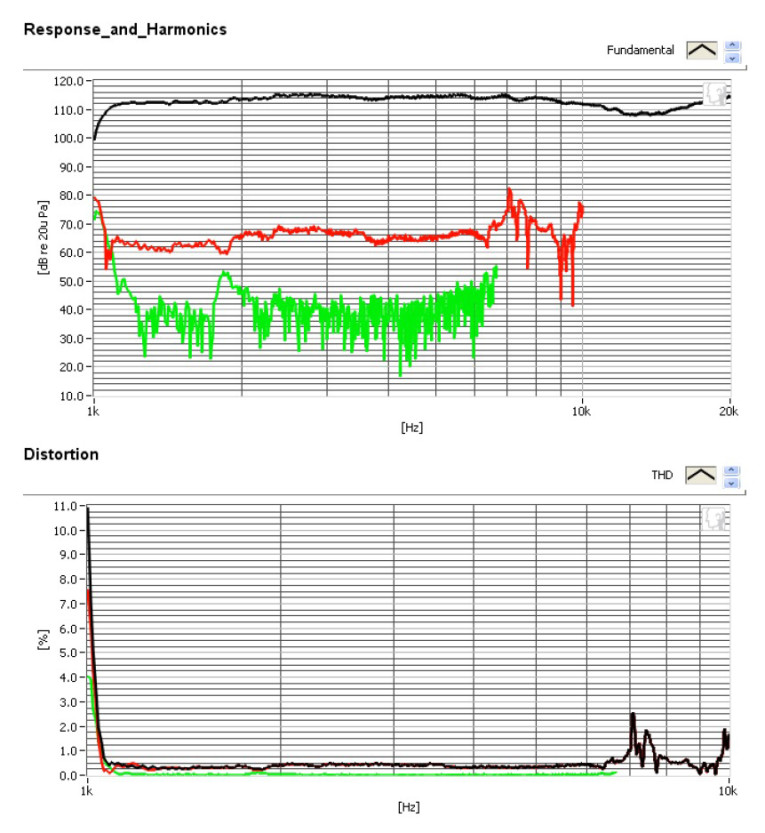
This article was originally published in Voice Coil, April 2017



